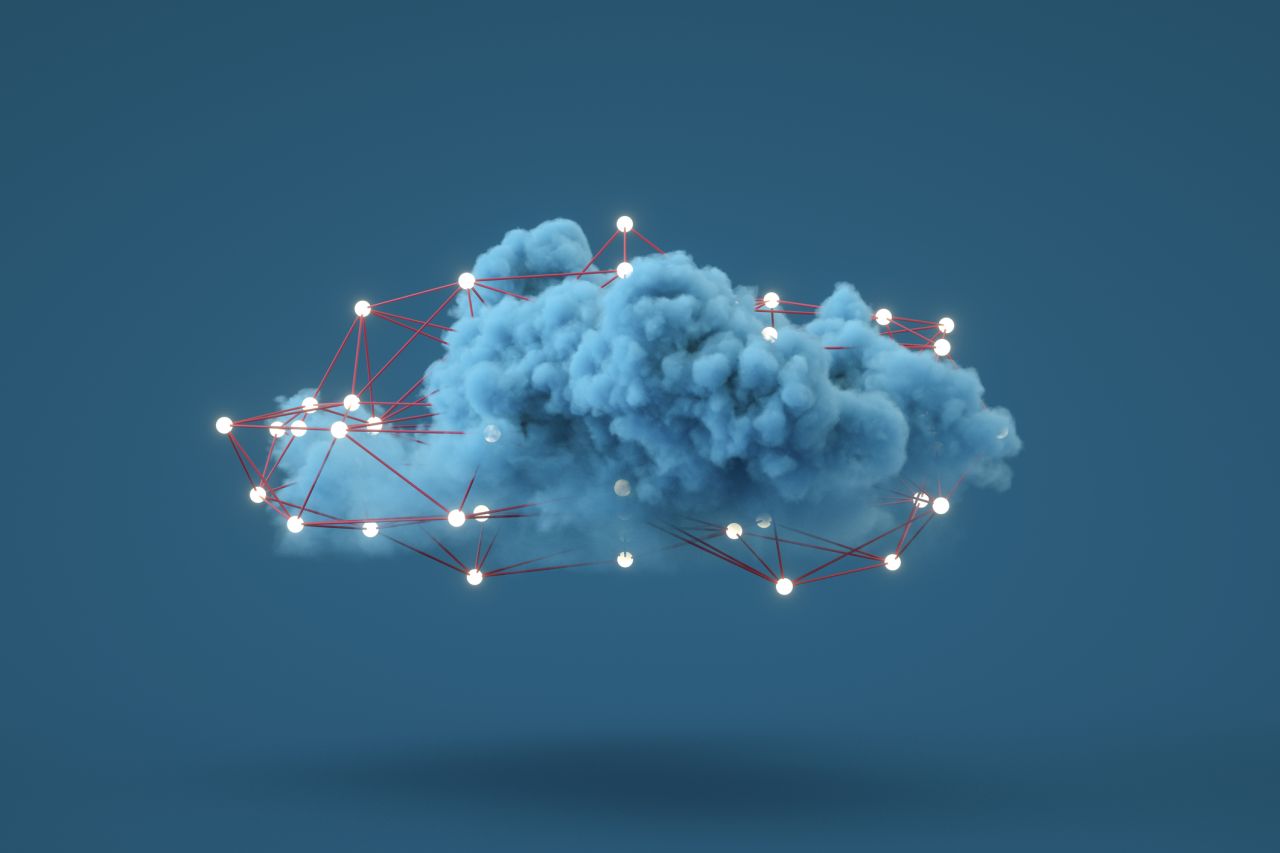What is hybrid IT?
While modernization continues to grow in both popularity and priority, even the most resourced of organizations aren’t always equipped or prepared to modernize all of their technologies, all at once. It’s a process and a long-term commitment, often dictated by specific business goals and priorities. In some cases, this means operating with a suite of both modern and legacy technologies —also known as hybrid IT. In this article, we’ll explore common reasons organizations operate with a hybrid IT infrastructure, some key considerations, and best practices for optimizing your hybrid tech stack while still embracing digital transformation.
Integrating legacy systems with modern technology with hybrid IT solutions
Before we discuss integrating your legacy and modern technologies, it’s important to define both terms. Legacy systems are those that function on older operating systems —they’re typically on-premises rather than cloud-based. Legacy systems and applications vary in how outdated they are, depending on how frequently an organization has updated them. Modern technology, for the purpose of this article, refers to cloud-based platforms that have replaced legacy systems.
Modernization can bring big benefits in increased security, speed, cost effectiveness and innovation, but it’s not always practical given business needs and circumstances. In some cases, it can be too risky to modernize or migrate — the legacy system could be too business critical or the project too risky to justify the effort. In other cases, the legacy system(s) could be meeting a niche, or highly specific, business need that may not be easily supported by cloud resources. And as often occurs, modernizing certain systems just isn’t a priority, or there are insufficient resources and funds to successfully complete the project.
While these reasons are valid and hold true for an enterprise, it doesn’t make sense to keep all your legacy technology. This is where a hybrid IT model begins to take shape —as you modernize some systems and continue operating as-is on others, you’ll start to see the emergence of your hybrid environment. As this is a reality for many businesses, it’s important to be intentional and strategic about maintaining and monitoring your hybrid technology solutions.
5 key considerations for your hybrid IT solutions
Find the right talent to support your hybrid IT environment
It’s important to have the right talent in place to support both your legacy and modern technologies. Legacy knowledge is key to keeping older systems running and resolving issues that may arise. However, it’s just as important to have talent trained and knowledgeable about your modernized platforms as well. Consider reskilling or upskilling existing employees to fill these gaps, and ensure your hiring practices include both knowledge sets. In many cases, working alongside a trusted partner to augment your existing resources can take some of the strain off your internal teams and set you up for success.
Perform regular maintenance and updates
This goes hand in hand with talent, as you’ll need to make sure you’re monitoring and updating both your legacy systems and your cloud-based technology. Having the right people and processes to support these tools can be the difference between playing catch-up and remaining up to date on scheduled maintenance, fixes, and updates.
Prioritize security and governance
Both on-premises and cloud solutions have their own data security benefits and risks — make sure your teams and leaders understand both and are prepared to respond accordingly. Understand whether implementing solutions such as a virtual private network (VPN) makes sense to protect your data and ensure access to those who need it.
Understand integration and interoperability within hybrid technology solutions
One of the benefits of modernization is seamless integration among platforms. This is still possible with hybrid IT, although potentially more difficult to achieve. However, providing an integrated experience should remain a priority even when operating with some legacy systems. Look to your technical teams to advise on the best ways to develop integrations between your systems wherever possible.
Continue planning modernization projects
While hybrid IT may make sense for your current state, it’s important to also consider your future when assessing your infrastructure environment. Make sure you’re still planning future modernization projects based on specific, measurable business goals, and prioritize improvements and optimizations wherever possible.
Hybrid IT and your digital transformation
Hybrid IT allows your organization to continue your most business-critical functions with minimal disruption, while still modernizing and planning for the future. As with most business practices, finding the balance between your legacy technologies and modernization projects will be critical to your future states. Start by assessing your current landscape and understanding your goals, both short- and long-term. This will help you develop a roadmap for the future and identify ways to best leverage your hybrid IT infrastructure.
Maintaining your hybrid infrastructure while still planning and completing modernization projects can be difficult, putting a strain on internal teams. To combat burnout and drive the most value, many organizations look to trusted partners to take over the maintenance of some or all their technologies. This helps to explain the rise in the as-a-service model —working alongside another organization takes some of the pressure of day-to-day work off your core IT teams and leaders, freeing them up to focus on continual innovation and optimization.
At CAI, we’ve developed a proven, streamlined formula to examine your challenges and help you migrate to cloud environments. Our experts have the skills and experience needed to get you operational, with minimum downtime and maximum value. We also offer a wide range of application maintenance and cloud services to keep your legacy platforms running while you focus on larger, more strategic initiatives. Contact us to talk about how we can help.



